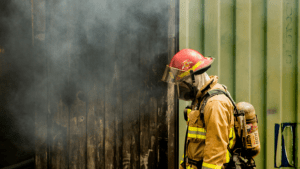
Canada Appeals for International Firefighting Aid
June 09, 2025: Canada has issued an international appeal for firefighting support as wildfires intensify across multiple provinces
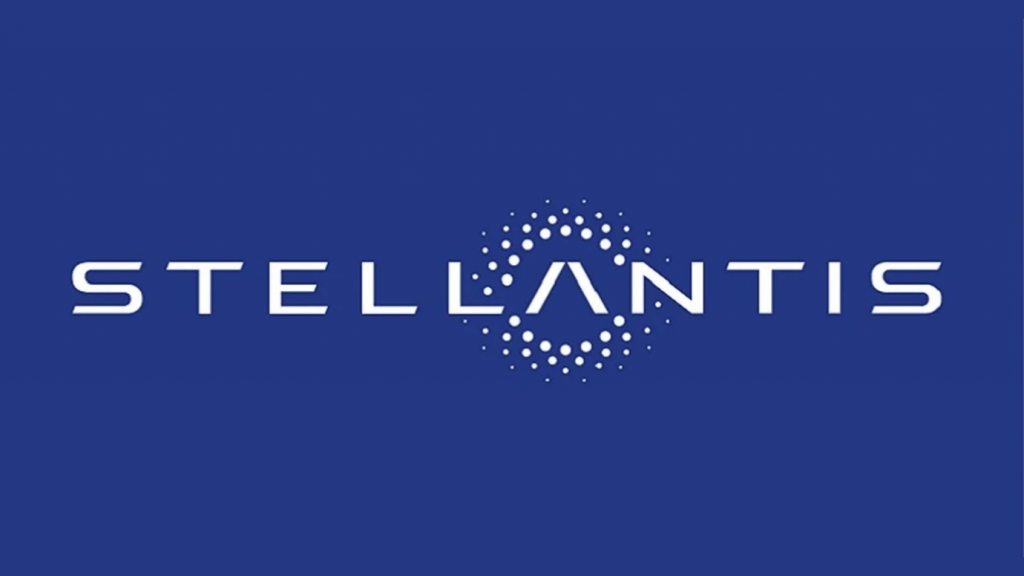
October 13, 2022: – Stellantis turns to Australia as it looks to procure the materials required for its electric vehicle strategy in the years ahead.
On Monday, the automaker expressed a non-binding memorandum of understanding connected to the “future sale of quantities of battery-grade nickel and cobalt sulfate products” had been attested with Sydney-listed GME Resources Limited.
According to Stellantis, the MoU is focused on materials sourced from the NiWest Nickel-Cobalt Project, earmarking the progress in Western Australia.
In a statement, the company described NiWest as an operation that would produce nearly 90,000 tons of “battery-grade nickel and cobalt sulphate” for the EV market every year.
Stellantis said that over 30 million Australian dollars (around $18.95 million) had been “invested into drilling, metallurgical test work, and development studies.” A definitive feasibility study for the project is pending at the beginning of the month.
In its statement Monday, Stellantis, whose brands include Fiat, Chrysler, and Citroen, referenced its goal of all passenger sales in Europe being battery-electric by 2030. The U.S. wants a “50% passenger car and light-duty truck BEV sales mix” within the same timeframe.
“Protecting the raw material sources and battery supply is strengthening Stellantis’ value chain for electric vehicle battery production,” Maxime Picat, chief purchasing and supply chain officer at Stellantis, said.
Stellantis’ electric vehicle plans to compete with firms such as Elon Musk’s Tesla and companies like Volkswagen, Ford, and GM.
The International Energy Agency states that electric vehicle sales will hit an all-time high this year. The sector’s expansion and other factors are creating pressure points regarding the supply of the batteries crucial for EVs.
“The IEA notes that the rapid growth in EV sales in the pandemic has examined the resilience of battery supply chains, and Russia’s war in Ukraine has exacerbated the challenge,” adding that prices of materials like lithium, cobalt, and nickel “have surged.”
“In May 2022, lithium prices were over seven times higher than at the start of 2021,” it adds. “Unprecedented battery competition and a lack of structural investment in the recent supply capacity are key factors.”
We provide the insights on leaders who are responsible for taking their organization to new heights, all the while bringing together a group of talented individuals.

June 09, 2025: Canada has issued an international appeal for firefighting support as wildfires intensify across multiple provinces

May 27, 2025: Air Canada Cuts Five U.S. Routes for Winter 2025–26, Part of Broader Cross-Border Retrenchment

May 26, 2025: Trump Freezes $2.2B in Federal Grants to Harvard Over DEI, Threatens Tax-Exempt Status.
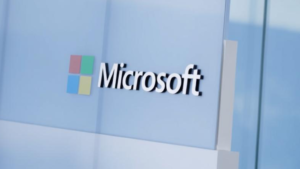
May 14, 2025: Microsoft has announced plans to reduce its global workforce by approximately 3%, affecting roughly 10,000 employees across multiple departments.
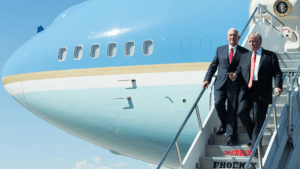
May 13, 2025: The Trump administration is considering suspending the constitutional right of habeas corpus in a bid to accelerate mass deportations.
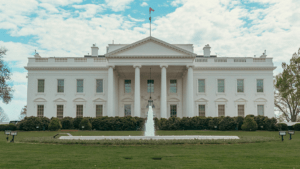
April 29, 2025: Donald Trump’s second term has reached the 100-day mark under sustained public skepticism, with national approval ratings